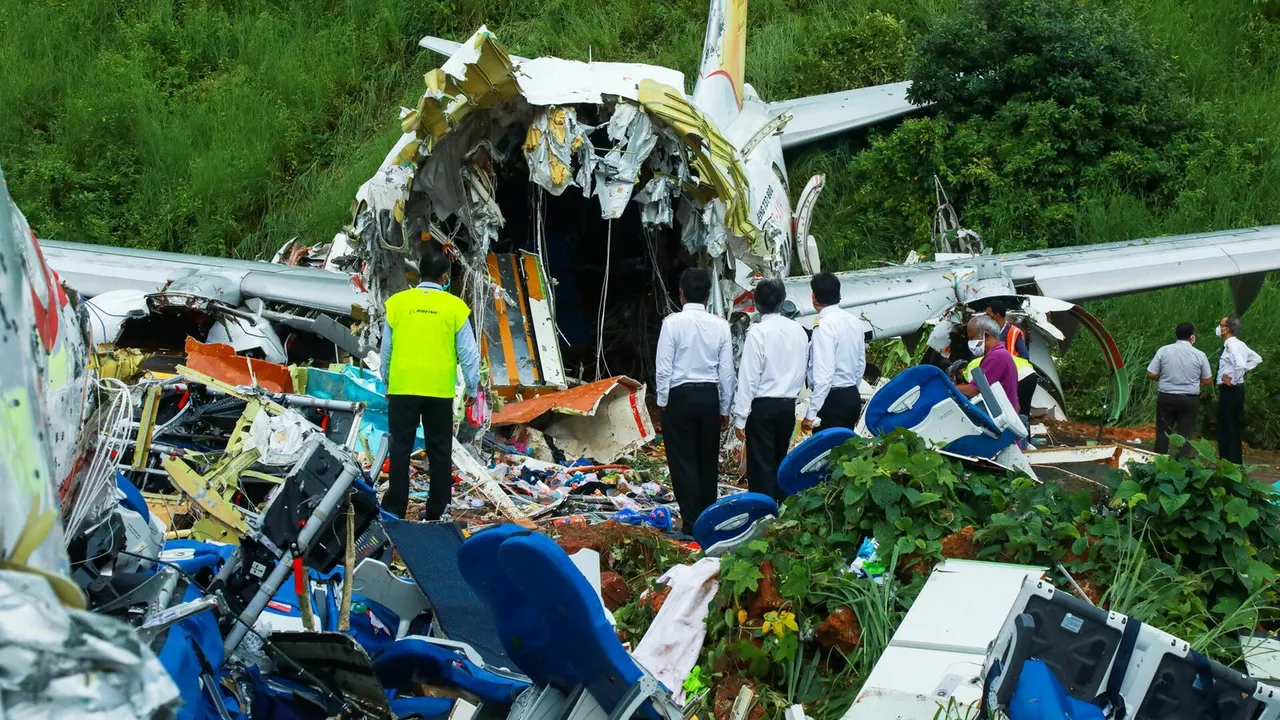Who destroyed Air India, and how? What is its history?
 Aug, 2 2023
Aug, 2 2023
A Whiff of History
Relax in your comfiest seat as we take off on a journey traced back over 70 years to explore the fascinating saga of Air India, an airline navigated through the waves of historical challenges to the shores of modern complexity. Imagine the earliest poster of Air India in your mind, poised with grace, eyes twinkling with ambition, ready to soar into the grand azure.
A little bit of trivia for you aviation buffs out there - Air India was created by a visionary, Tata. Yes, it's the same conglomerate you're thinking about right now, and it's the same J.R.D. Tata who had helmed it onto its maiden voyage way back in 1932. Back then, it wasn't even known as Air India but Tata Airlines! And, did you know J.R.D Tata himself was the pilot on its first ever flight? I bet few of you did!
Scaling the Skies
Transforming from Tata Airlines to Air India in 1946 was an enormous leap in its journey. The airline rose like a phoenix, it was spreading its wings, eager to embrace the world like a beloved friend. Did I mention that it was around this time when the Maharajah, the iconic mustache-twirling mascot was born? He became an absolute sensation and till this day is a favorite among collectors of vintage airline memorabilia.
Moreover, Air India broke records, becoming the first Asian airline to operate, hold your breath, a jet aircraft! Beat that, jetsetters! One could say that with this astounding achievement, it had firmly etched its name in the annals of aviation history.
Sailing into Troubled Airs
Now though every story has its ups and downs, the downward trajectory of Air India's fate set in, not because of competition or technological drawbacks, but from an act of governmental intervention. Sounds like a thriller movie plot, right? Well, it sure does unravel like one.
In 1953, the government of India decided to nationalize the airline industry. This act effectively meant that Air India was no longer a company under private management, but directly under the expansive wing of the government. You might want to hold onto your seats because this is where the turbulence starts setting in.
The Inception of Internal Volatility
The nationalization of Air India wasn't a smooth affair. A lot of the strategic flexibility that the airline enjoyed under the visionary leadership of J.R.D Tata was lost. Moreover, being a public sector undertaking meant dealing with a lot of bureaucratic red tape, something not conducive for an industry as dynamic as aviation.
But that was just scratching the surface. The true nemesis that reared its head during this period was the economic liberalization in the 1990s. The aviation market was fully opened up for private players, which meant stiffer competition for an already bruised and battered Air India.
Into the Eye of the Storm
The 2000s saw Air India being marred by heavy losses, declining market share, debts, and operational inefficiencies. It was as though the titan that had once majestically soared through the skies, was now limping, weighed down by baggage that it didn't quite ask for.
The situation worsened with an ill-timed merger in 2007 with Indian Airlines, another state-run airline company. The idea was to combine synergies and tackle the competition more effectively. But the result? A disaster of epic proportions.
The Downward Spiral
The post-merger crisis was a turbulent period for Air India, characterized by financial instability and leadership crisis. With every passing year, the once-iconic airline was being buried under a mountain of debt, reaching an appalling $8.3 billion by 2020.
Even in terms of market share, Air India was losing ground to newer, more nimble competitors that had understood how to navigate the complexities of the Indian aviation sector. It was like watching a noble king, dethroned and in despair, wandering in exile.
A Phoenix Rises?
Despite all the doom and gloom, there might just be a glimmer of hope at the end of the tunnel now. Wondering what might that be? Hold on, let me spill the beans.
It's the privatisation effort initiated by the Indian government. Yes, the same governmental intervention that laid the groundwork for its downfall might just be its saviour too. It's like a bewildering roller-coaster ride, isn't it?
Winds of Change
With the move towards privatisation, there's anticipation that the glory days of Air India might make a comeback. It's like watching a wounded bird trying to flutter its wings again, looking up at the limitless sky, ready to embrace the world that awaits.
It has been a long flight, hasn't it? But when it comes to Air India, the journey has always been about more than just arriving at the destination. It's about navigating the highs and lows, weathering the storms and always striving to reach for the skies. As I pen these words, my sons, Harsh and Arjun, keen aviation enthusiasts who can identify any airplane's model just by its sound, wonder what the future holds for Air India. And truth be told, so do I.